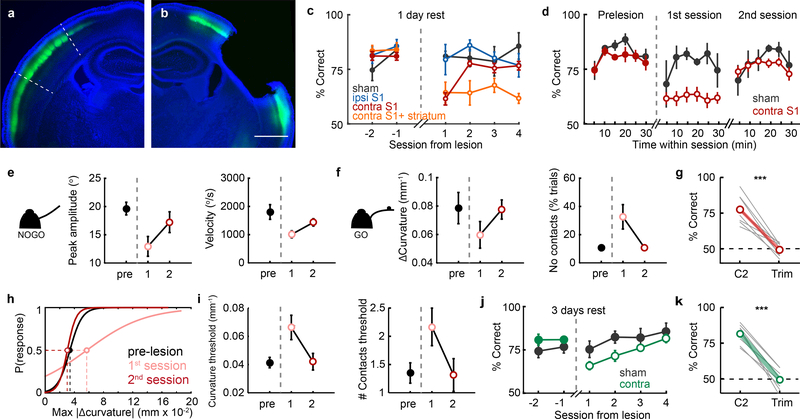Figure 3 |. Behavioral performance rapidly recovers after barrel cortex lesions.
a, Coronal section of L4-labeled mouse (white dashed line: barrel cortex boundaries; blue, DAPI; green, eYFP) in unlesioned hemisphere. b, Lesioned hemisphere shows complete removal of barrel cortex. c, Behavioral performance before and after S1 lesions (sham n=5, ipsilateral n=4, contralateral n=11, contralateral with striatal lesion n=8). d, Behavioral performance of contralateral S1 lesioned animals recovers abruptly between first and second post-lesion sessions. e, Whisking kinematics during nogo trials and f, go trials of mice are altered on 1st post-lesion session but return to normal by 2nd post-lesion session (n=10 contra mice). g, Post-lesion trimming confirms task remained whisker-dependent. Dashed line indicates chance performance. h, Example logistic regression of response probability given whisker curvature. Sensory detection threshold for whisker curvature increases on 1st session post-lesion (pink), returning to pre-lesion levels (black) by second session (red). i, Average detection thresholds for whisker curvature and number of contacts pre- and 2 sessions post-lesion (n = 10). j, Animals with 3 days of rest after lesion still had impaired performance on the 1st post-lesion session but subsequently recovered (n=8). k, Behavioral performance for 3-day rest group remains whisker dependent.

